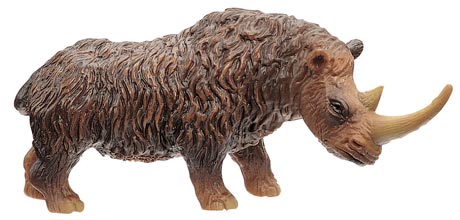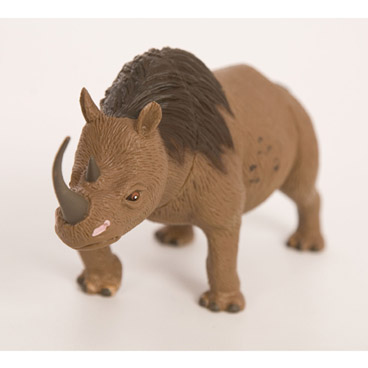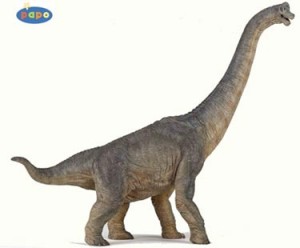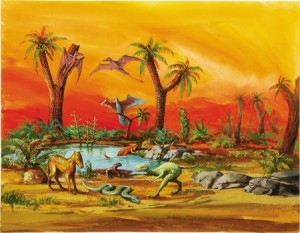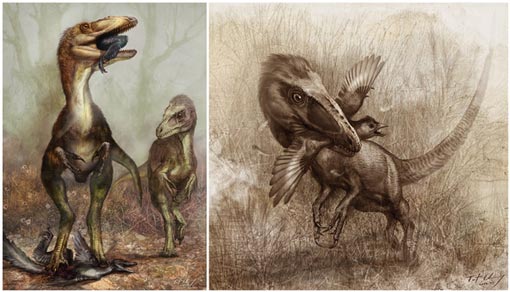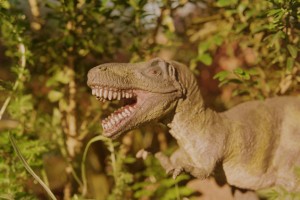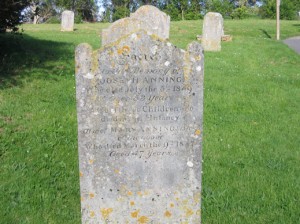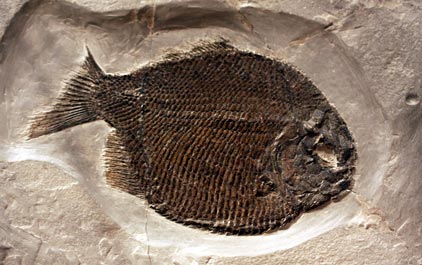United States District Judge Notes that Tarbosaurus bataar is a “Frankenstein Model”
In a surprise twist to the long running saga concerning the right to auction a mounted, twenty-four-foot- long Tarbosaurus bataar dinosaur fossil specimen which was seized by federal authorities, it seems that the disputed Tarbosaurus fossil exhibit may contain the bones from more than one individual animal.
Disputed Tarbosaurus Fossil
The claim, which has been challenged by United States prosecutors and refuted by palaeontologists may complicate the U.S. and Mongolian Government’s attempt to return the fossils back to Mongolia.
To read about the auction of this dinosaur exhibit: Tyrannosaurid Specimen Sold at Auction despite Controversy.
The fossils were originally sold in May at Heritage Auctions in New York, the buyer, believed to be a private individual paid over £1 million USD for the mounted skeleton. The lot had been described as the bones from a single animal in the auction sale literature. In June, U.S. Government officials seized the exhibit after the Mongolian Government demanded its return on the suspicion that the fossils had originally been smuggled out of Mongolia illegally.
Michael McCullough, an attorney representing Florida commercial palaeontologist Eric Prokopi, who had offered the specimen for sale stated that about half the reconstruction – fossilised bones welded onto a metal frame,came from one creature and the other half from “at least two, most likely many” dinosaurs.
At Everything Dinosaur we call such specimens composites, almost all of the exhibits in museums are made up of the fossilised bones of several individuals. Often the remainder of the specimen is completed using plastic re-constructions of the bones that were not found at the original dig site. It is extremely rare for the fossils of a large dinosaur such as a Tarbosaurus to be found in an articulated state with most of the bone material in situ.
“Frankenstein Model”
The district judge hearing the case described the dinosaur as a “kind of Frankenstein model of a dinosaur”. Earlier in the case Mongolian scientists and North American Theropod experts examined the remains and deemed the reconstruction to have been created from a single specimen.
Judge Castel enquired:
“They did not pick up that this was from several sources?”
Assistant U.S. Attorney Martin Bell replied on behalf of the prosecution team stating:
“Their opinion is that it is largely from one dinosaur. It was marketed as one dinosaur. A seventy-five percent complete, but one dinosaur.”
The Mongolian Government’s claim to the fossil is based on the specimen (or specimens) being smuggled out of their country, where it has been illegal to send such items abroad for more than fifty years. This case is also complicated by the fact that Mr. Prokopi is alleged to have provided mis-leading customs documents to allow the fossils to be imported in the United States. On the customs documents the remains are valued at $19,000 USD, but the specimen went on to fetch more than fifty times that amount after it had been prepared, mounted and put up for auction in New York.
Attorney McCullough said that the $19,000 shipment only constituted part of the reconstruction, and that Prokopi had collected other parts of the skeleton from multiple sources in at least three separate shipments imported to America between the years 2007 and 2009.
Mr. Prokopi has not said where or from whom he acquired the skeleton. He said that he constructed the specimen from a collection of loose, mostly broken bones and rocks with embedded bones. Although it has been reported that this specimen or at least part of it was supplied by a fossil dealer based in Dorset (England).
Mr. Prokopi has filed a case to allow him to have the specimen back. He has said he and his wife spent thousands of hours preparing and mounting the skeleton, which increased its value, over the original customs valuation before it was auctioned.
A spokesperson for the U.S. Government stated that the authorities remain confident based on expert testimony, that the fossils all originated from within Mongolia’s Gobi desert. Prosecutors have previously said those experts believe the fossils were removed from the region between 1995 and 2005.
The case will continue when it is reconvened in December.
In the meantime, for legitimate Tarbosaurus models and prehistoric animal replicas: Age of Dinosaurs Popular Models (CollectA).
Update
Judge Castel has given the U.S. Government until September 21st to provide further evidence in support of the application to retain the Tarbosaurus bataar skeleton with a view to returning the specimen to Mongolia. This ruling has occurred as we understand the current situation, as it was revealed that the disputed exhibit may actually contain the fossilised bones of more than one individual dinosaur.


